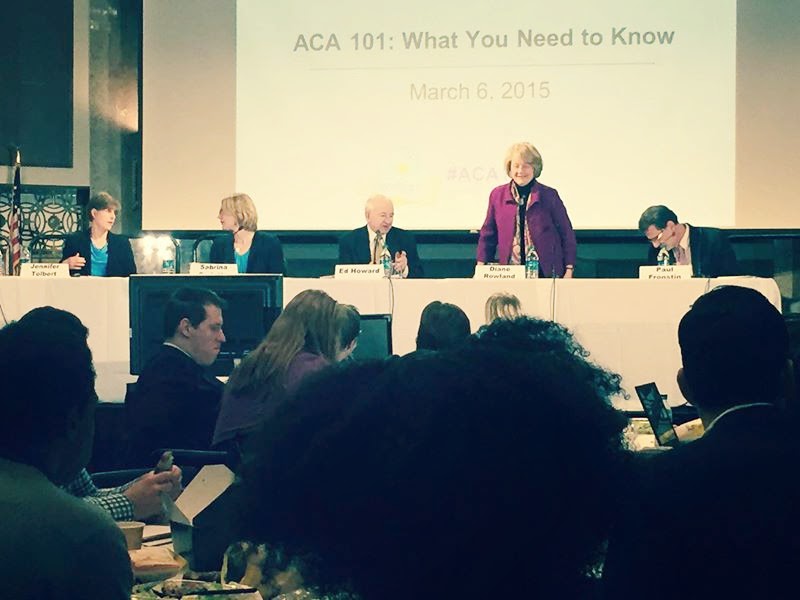1) Some useful summaries
The article puts together a well stated summary of all the key accomplishments. Paints quite a positive picture.
Report says there are enough doctors.
2) Many of you have seen much of the information below already. However, I am extremely excited that Washington Consumer Checkbook took first place in the RWJF competition. RWJF is one of the top health policy foundations. Checkbook is talking about doing a webinar soon to introduce states to this tool. I highly recommend States adopt it. Welcome ideas on getting states involved and help with that.
In my blog on 1/24/15 Complex: Premium Credits and Cost-Sharing Reductions; Latinos http://tinyurl.com/HRA012415premiums , I described how complex the calculations were for counselors (navigators) and consumers had in making plan selections. I then showed how Checkbook solves this challenge. Here is more from RWJF.
Apps to Use When Shopping for Health Insurance Win National Competition
see http://www.rwjf.org/en/about-rwjf/newsroom/newsroom-content/2015/03/apps-to-use-when-shopping-for-health-insurance-win-national-comp.html
Princeton, N.J.—The Robert Wood Johnson Foundation has named Washington, D.C.-based Consumers’ CHECKBOOK as the winner of its first ‘Plan Choice Challenge,’ a nationwide competition facilitated by Health 2.0 to design a technology application that helps people evaluate their health insurance options.
“The direct-to-consumer insurance market is in its infancy, and developers can add a tremendous amount of value by helping consumers make better decisions,” said Katherine Hempstead, PhD, who directs coverage issues at the Robert Wood Johnson Foundation. “The response to this challenge has been overwhelming, and the creativity and talent on display in these applications confirms that developers will play a vital role in moving this market forward.”
The winning application, Consumers’ CHECKBOOK’s Plan Compare tool, enables consumers to scroll through all available plans on a single webpage and compare for each plan: 1) estimated average total yearly cost (premium plus out-of-pocket) for people of the same family size, ages, health status, and other characteristics as the user, 2) risk (the total cost in a very high health-care-usage year), 3) an overall quality rating that the user can personalize based on what quality dimensions matter most to the user; and 4) which of a list of preferred doctors the user has identified participate in the plan. Users can drill down for much more detail, but CHECKBOOK’s research has found that 60 percent make their choice based on these four key elements.
“We’ve been helping federal employees compare health plans for more than 35 years,” said Robert Krughoff, president of Consumers’ CHECKBOOK. “We know if they don’t get quick answers, ideally in less than five minutes, they’ll take shortcuts—like choosing based on lowest premium alone or lowest deductible—and end up wasting thousands of dollars.”
I have been collaborating with Checkbook on this initiative.
3) A new CBPP report explains why a compromise House Republican and Democratic leaders have worked out to fix the Medicare payment formula (SGR) and extend the Children's Health Insurance Program (CHIP) deserves support.





